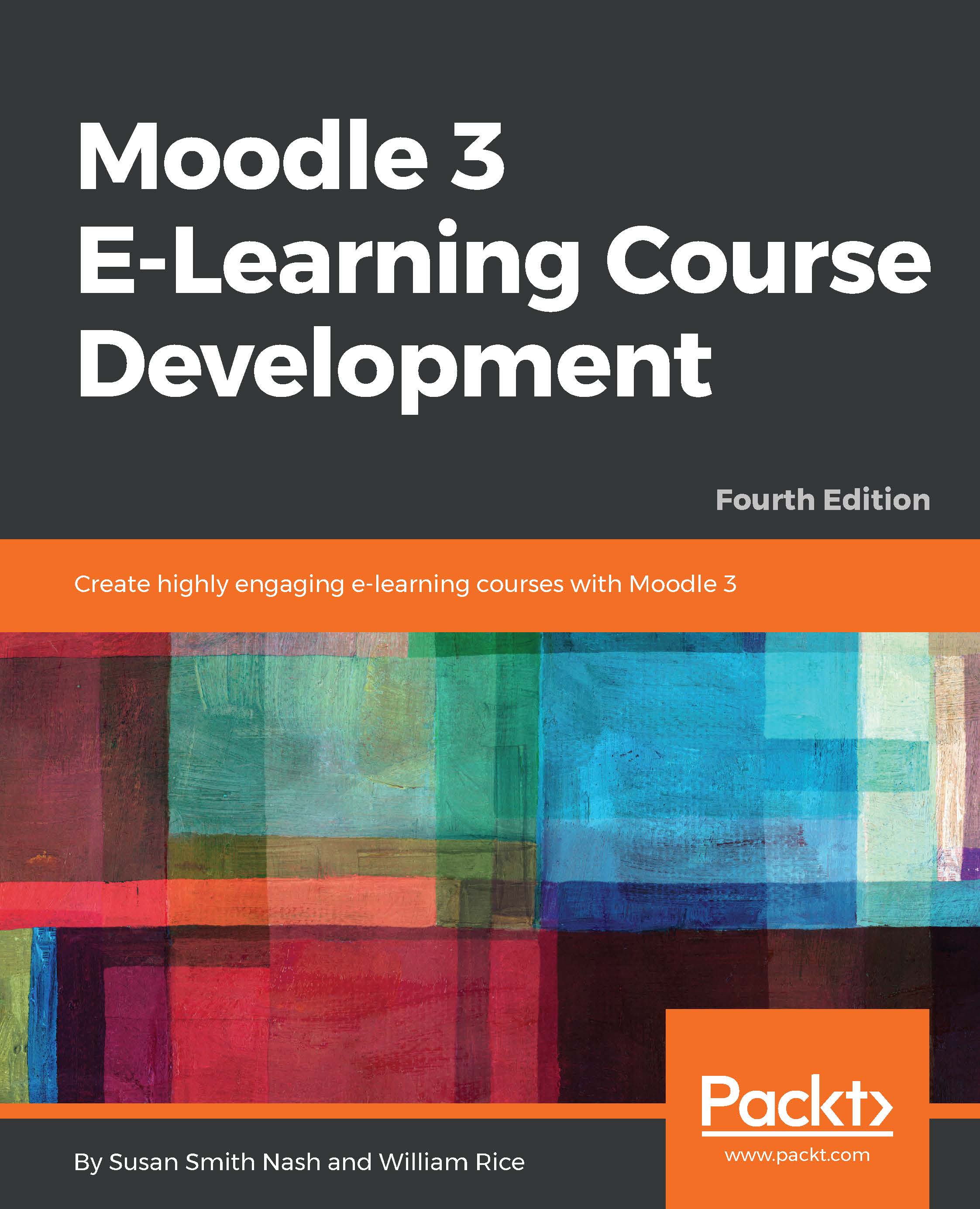This chapter shows you how to create a new, blank course. In this chapter, you will see how to create the course, choose the best format for your course, and enroll students into the course. In addition, we will ensure that the course is well designed and that you are continuously mindful of the overall learning objectives.
You will also learn how to create course categories and to use those categories for organizing your course catalog. They will align with your institution's mission and vision so that you maintain a coherent presence. You will also be able to use the results for marketing and promoting your programs and your institution. While someone else may have installed Moodle and created categories for you, you can always go back and change them. Thus, you will be able to constantly update and refresh your content.
We will also cover...



